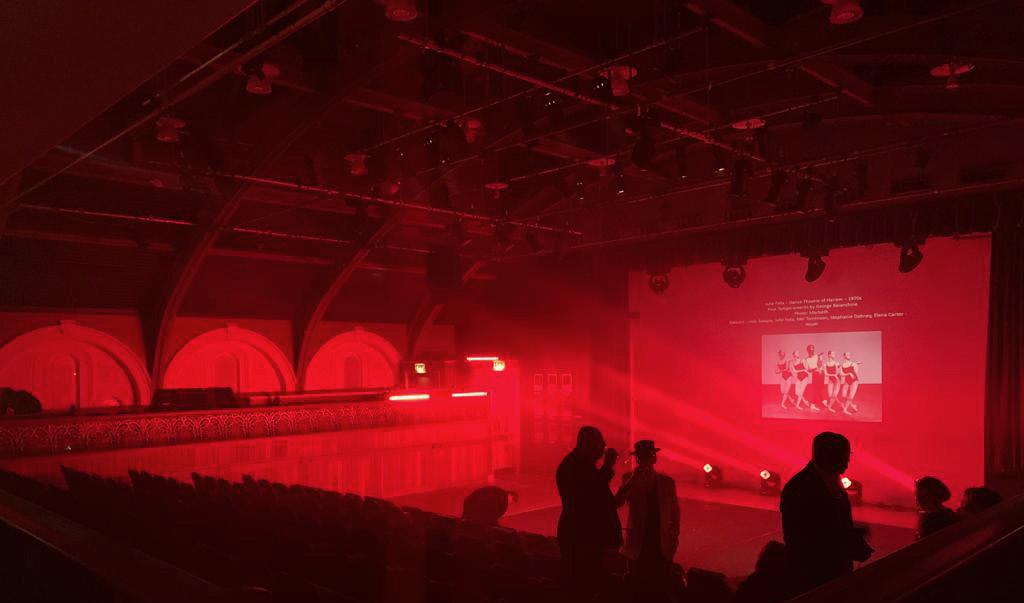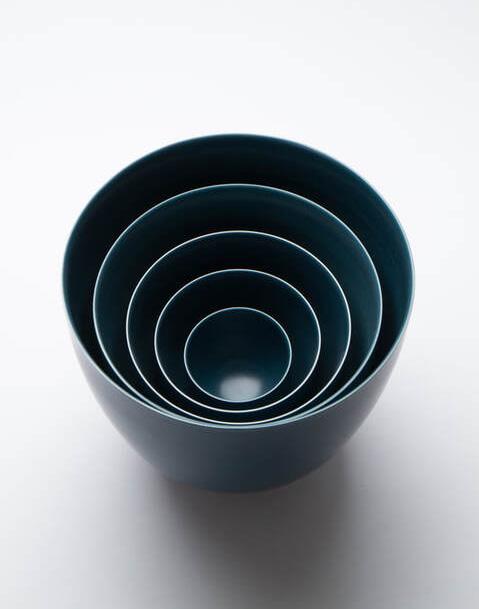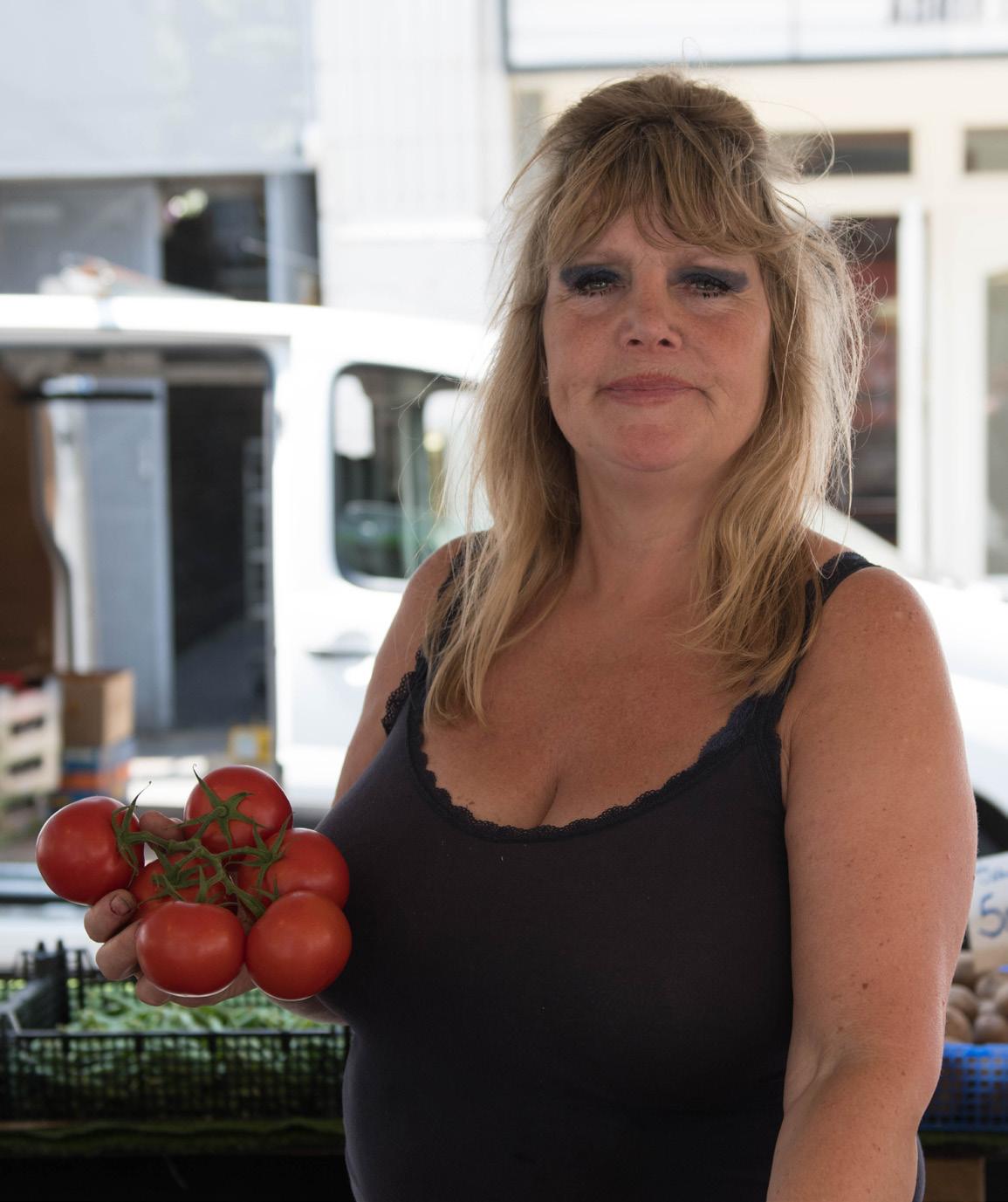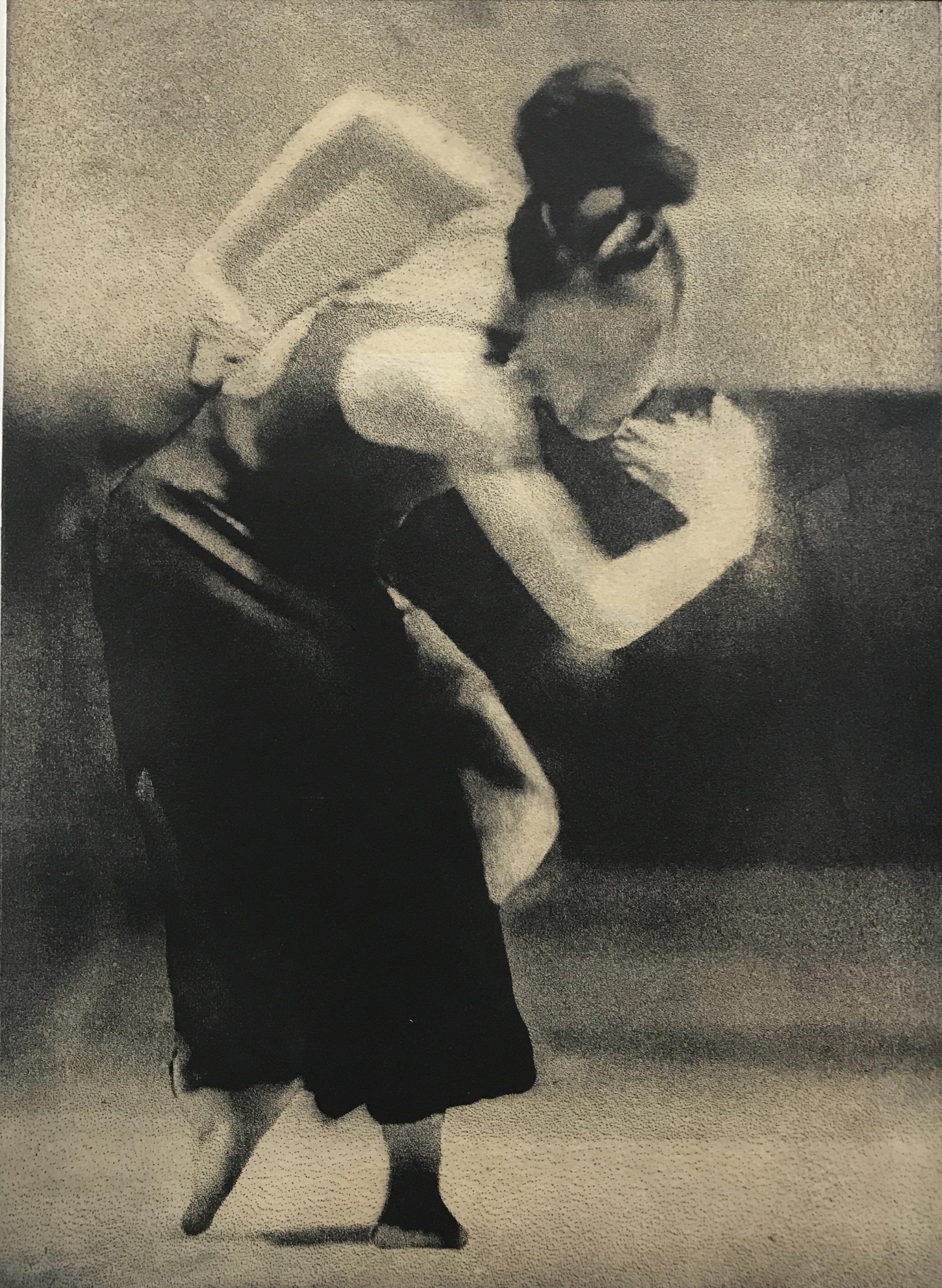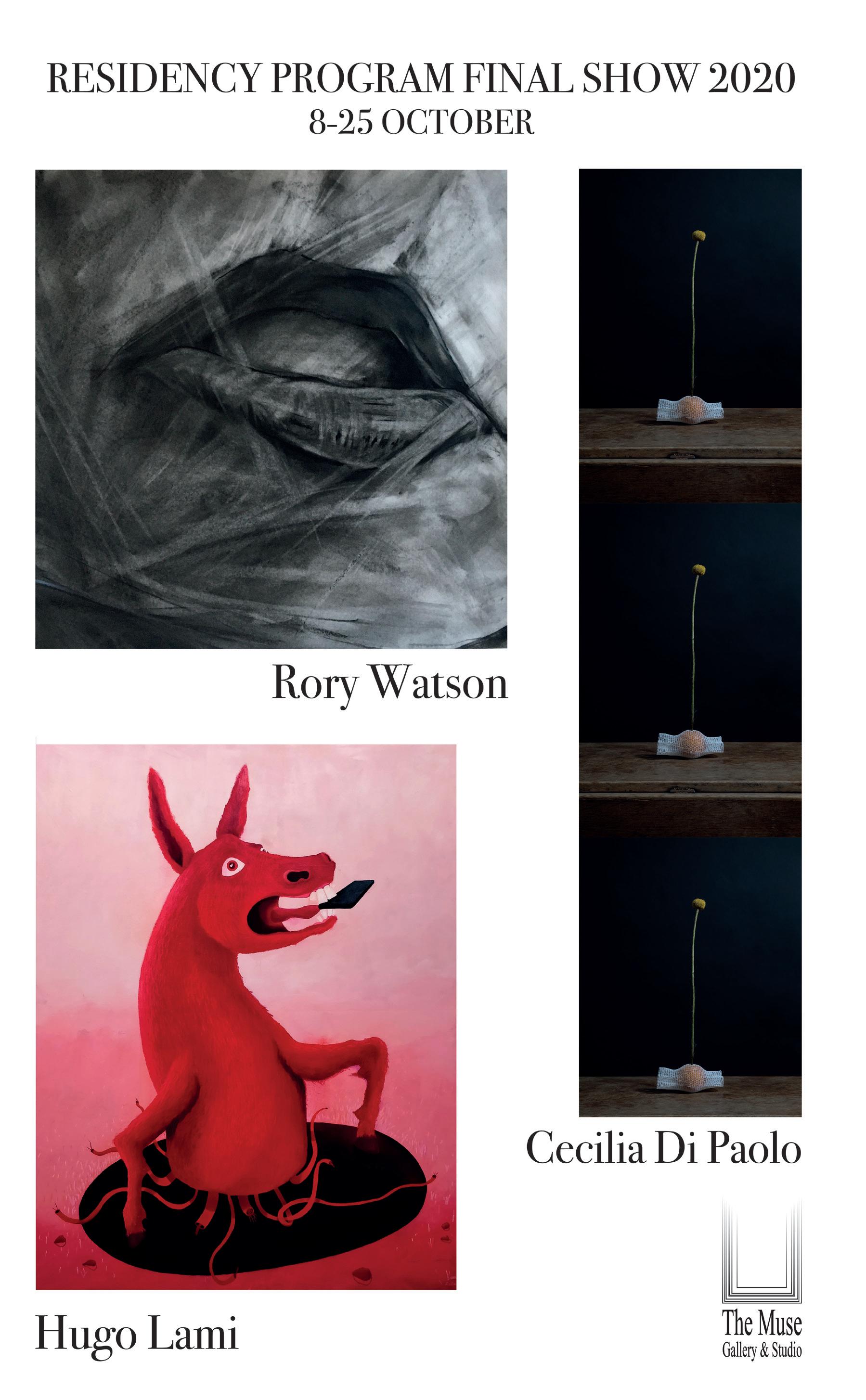Hugo Lami (1994, Portugal) lives and works in London. His artistic work makes use of history and mythology in contrast with the technological and cultural evolution of our time. I have always been drawn towards sci-fi and fantasy worlds that reimagine reality under different paradigms. I love technology, but I also hate it. The promise of a perfect relationship given by the amenities of each new device that comes to the market gives me hope that maybe that’s the one which is going to change my life. It never is. My research is based on a work of ‘digital’ archeology of the past, the present, and speculation of the future, in order to understand and configure a reality that does not fit exactly in an analogue or digital dimension. Taking this as a starting point it is essential to work with the artifacts, utensils, and traces of a species that is undergoing a paradigm shift. Not only by identifying and materializing what was, but also what is happening now and what is idealized that will happen in the future. COVID residency experience In the wake of a new decade who could suppose a pandemic would wipe our frenetic lifestyle and restrict our liberty. Even though this pandemic has been bad in many ways, it was not bad for those who found the quietness and time to make art. I took the chance to paint so much and think and write without the pressure of a deadline or a FOMO (fear of missing out) events. Having the Muse studio was crucial to be able to produce work and I could have never reached so much if I wouldn’t have had this opportunity.
Rory Watson is a London based artist and recent graduate from Central Saint Martins. His practice discusses the influence of digital culture on our contemporary society. Focussing predominantly on portraiture, Rory distorts the face to suggest how we project personas that do not accurately reflect our true selves. With each portrait beginning with an image of himself, Rory refers to his artworks as avatars; referencing the virtual presence individuals have in the digital age. The disfiguring of the face escapes accurate visible representation, tapping into the fabricated truths of the virtual and emphasising the difference between the digital world and the real. A deeper look into Rory’s practice reveals how he examines more existential questions about the realities of our own existence. Metaphorically comparing the digital world to ones ego and a mirrors reflection, Rory examines how alternative extensions of the self further explore detail in character.
12
Cecilia Di Paolo is a London based artist. Originating from Rome, and educated at the Arts University Bournemouth, Di Paolo’s body of work, primarily realised through photography, film and performance, explores and deconstructs cultural notions of intimacy, tenderness and love through a dystopian lens. Her re- cent series ‘Made To Be Loved’, explores everyday nar- ratives played out in heterotopian spaces via the fic- tional character of ‘Abigal’, a doll played by Di Paolo Herself. Purpose, sexuality and design are contrasted with aspects of fulfilment, loneliness and love through the character of the doll. [relates to previous work] At the heart of Cecilia’s work is the intensely human pursuit of connection; a reim- agined line between artwork and audience, reaching out and inviting you to affix yourself with the work, fulfilled through the tactility of her still life and self portraiture. The versatility of Di Paolo’s strong style is recognised via residencies, solo and group exhibi- tions as well as commercial and editorial work, using her creative fluency in still life to execute elegantly im- pactful campaigns for brands.

